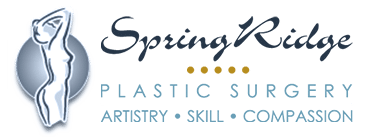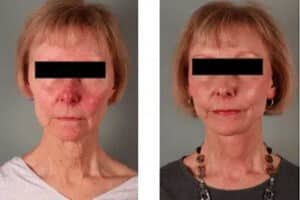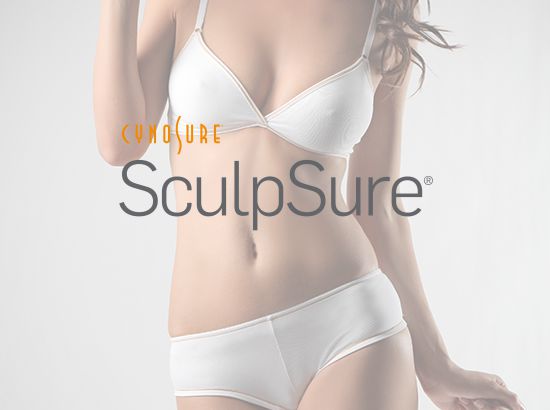Be Choosy When Choosing Your Facelift Surgeon
May 18, 2017
Dr. Schlechter’s New Features in NewBeauty
February 10, 2017
Common Reasons for Breast Revision
January 10, 2017
Advances in Breast Implant Technology
November 21, 2016
KYBELLA®: An Effective Non-Surgical Treatment for a Double Chin
November 18, 2016
The Brazilian Butt Lift Recovery Guide
October 31, 2016
Dr. Schlechter Is Featured in New Beauty Magazine
September 22, 2016
Daddy Do-Over
September 21, 2016
SculpSure® vs. CoolSculpting®
June 16, 2016
Non-Surgical Fat Reduction and Skin Tightening With SculpSure®
January 15, 2016











